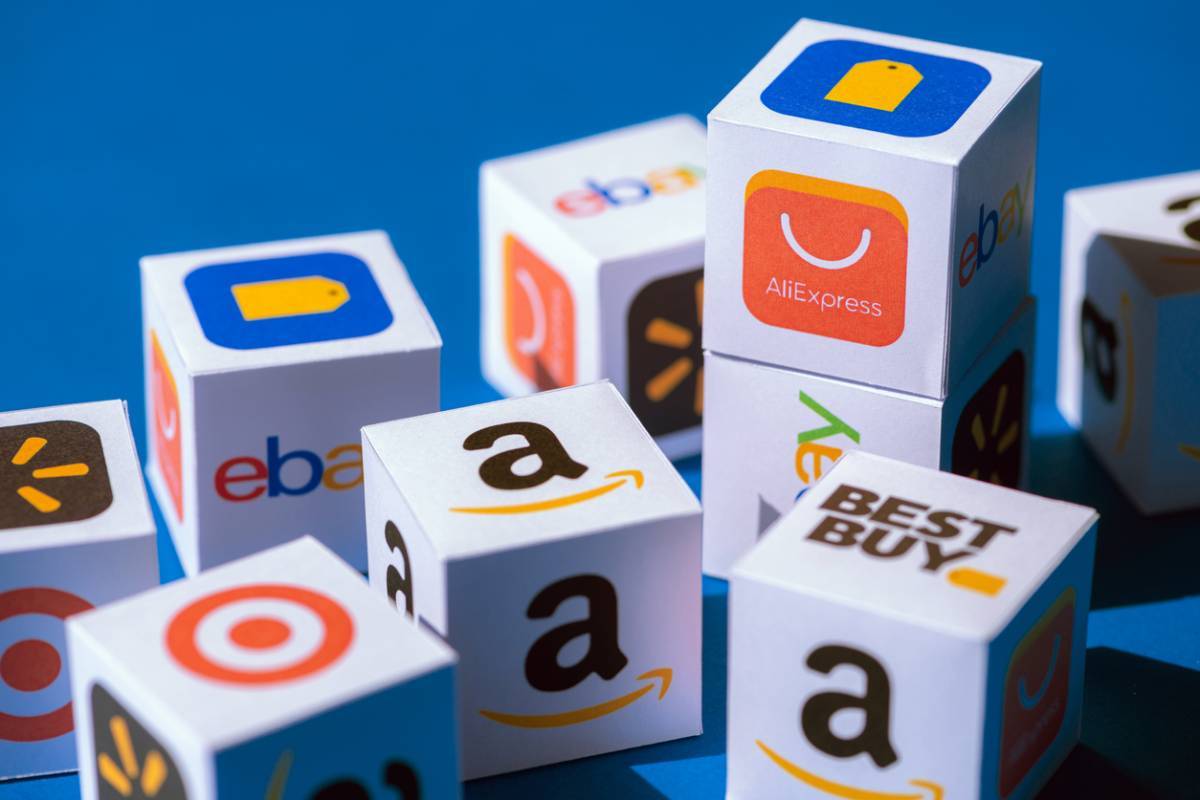The Ukrainian e-commerce 101: the issue of currency

05.11.2021
This is going to be a long-running series correcting some of the most common misconceptions that I have encountered through my work, so if you enjoy this part or are curious about other specifics of the Ukrainian e-commerce market, make sure to sign up!
The e-commerce sector was one of the few that was able to grow globally during the recent calamity, and Ukraine was no exception.
EcommerceDB’s data indicates that it almost doubled over the past three years
By many estimations, it reached the size of over 3 billion USD and total revenue of 772 mill USD in 2020. Curious about this fact? Subscribe to our blog to learn more insights like this one!
There are good reasons to believe that e-commerce is going to continue growing at a decent pace in Ukraine.
E-commerce represents around 9% of the retail market in Ukraine while increasing its share every year. Although, it still has only about 35% in market penetration. This last number is around half of that in neighboring Poland, Slovakia, and Hungary, while the share of the total retail is about the same.
One of the biggest hurdles to deeper e-commerce penetration from the consumer standpoint is a novelty factor and a perceived risk. It’s especially true for a rapidly developing Ukrainian online market. According to the National Bank of Ukraine (NBU), the average online payment in Ukraine grows by around 30% per annum. Yet, this average is at just 338 UAH (13 USD) which is nowhere near the average physical retail check with a credit card of around 1500 UAH (55 USD). Again, this is a possible indication of a consumer’s perceived risk.
These figures though should not scare you off but they should rather be taken as a demonstrable potential. The discrepancy between the e-commerce share and market penetration and the difference between physical and online checks will continue to shrink in congruence with consumer trust in online shopping. And this is going to settle in as more people will get accustomed to shopping online. Statista Digital Market Outlook predicts an average e-commerce yearly growth rate of around 13% for the following half of a decade.
Ukrainian regulatory framework for e-commerce, especially in cross-border trades, is still in a state of flux and due to its shortcomings. However, with the European Union–Ukraine Association Agreement in place, there is a consistent trend of bringing the Ukrainian e-commerce, payment, and delivery methods in line with those in the European Union, as noted in the recent EU4Digital report on the topic.
As far as the market segments and their shares are concerned, they are similar to the aforementioned neighboring EU countries but with much less international competition. Fashion and Electronics & Media are repeatedly in the first and close second, with the approximately 25% share each. Both are dominated by some big international players – Zara and Apple. These are closely followed by furniture and home appliances with a share of around 20%, and here a foreign contender IKEA makes it to the top 4.
The two fastest-growing segments are Toys/Hobby and Food & Personal Care with around 15% each, both of which are largely domestic. The latter is by far the biggest one in terms of purchase regularity and market penetration. However, it has the toughest local competition.
To cut a long story short, the Ukrainian e-commerce market is an exciting, dynamic place with a lot of growth potential. But like any other developing market, it has many peculiarities so unique consumer preferences and preconceptions must be accounted for to get to an optimal result.
And the first confusing part every business encounters in Ukraine are Сurrency operations and consumer perception thereof. Here’s a quick list of dos and don’ts:
Popular payment gateways don’t operate at full capacity
Despite the continuous policy of the Ukrainian head financial regulator in liberalizing the currency and transaction market and bringing it in line with the EU, Ukrainian payment habits are somewhat different. For instance, some of the most popular global payment gateways like PayPal or Wepay are unavailable or hard to use in Ukraine. Instead, there are popular alternatives like PrivatePay, Payoneer, and LiqPay.
Avoid double conversion if possible
Ukrainian consumer is typically value-oriented one, and extra costs that occur through a conversion like GBP-EUR-UAH will be regarded negatively. This is especially true for Visa users who still account for a third of credit cards in Ukraine. They can incur extra conversion costs even with EUR to UAH transactions. There is an easy solution to this conundrum – don’t convert your prices to UAH. Most Ukrainian consumers who order abroad are perfectly happy to pay in international currencies.
But that’s not all!
Ukrainian consumers go online to get a better deal more often than they do just for the sake of convenience. This trend becomes even more pronounced now when, according to the recent Mckinsey paper, value-driven decisions in e-commerce are on the rise globally.
Even in the luxury segments, Ukrainian consumer decisions are often dictated by value. For instance, the top section for Ukrainian online purchases from abroad, Fashion and Apparel, is incidentally the one where Ukrainian physical retail tends to overprice items the most. But make no mistake, value doesn’t mean cheap! It’s foremost an effort of your marketing team to communicate the value of a product to the Ukrainian customer correctly, and we can help with that.
But this is a topic for another day. Please make sure to subscribe to my blog to stay tuned for further updates!








